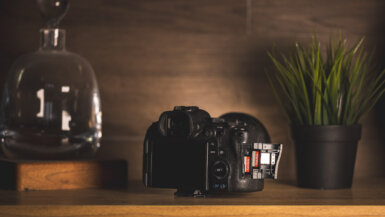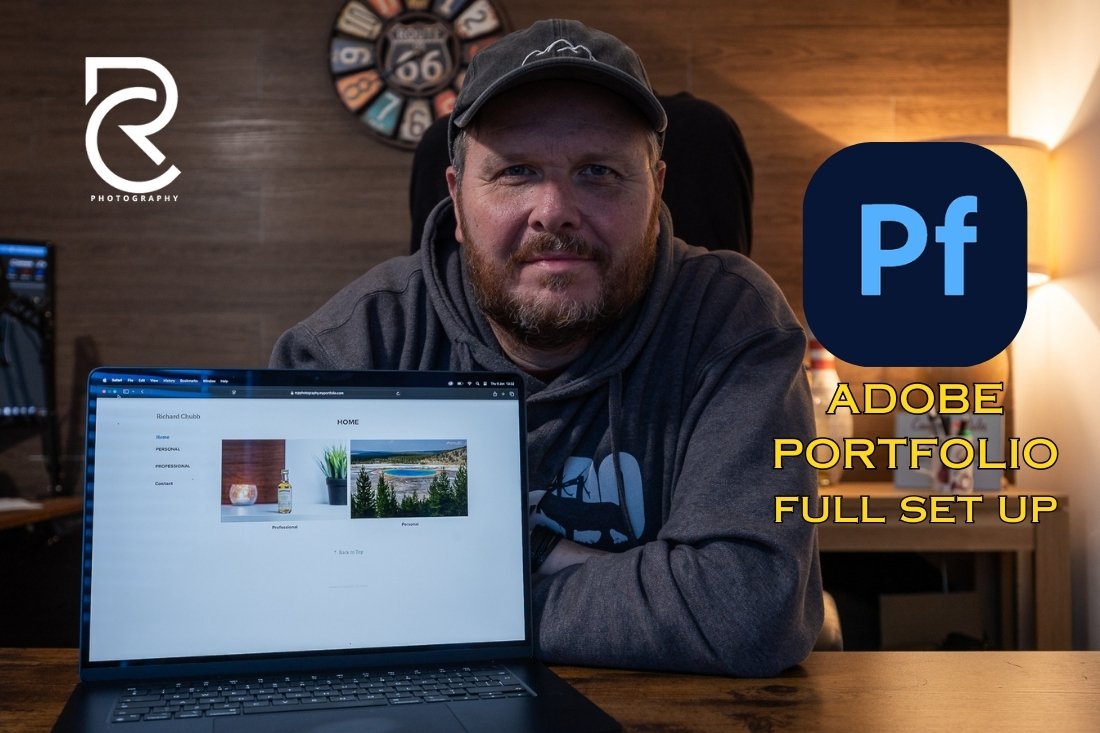When you first take up photography, one of the mysteries would be, What is Aperture in Photography?
Good morning, Richard here and welcome to today’s post.
Today, I wanted to have a little chat about Aperture, and Depth of Field. Setting the correct Aperture is key in photography. Particularly if you want to make your subject pop by blurring out the background for example.
If you fancy checking out the video on my YouTube channel, here it is.
Now, all Lens have an Aperture range, or a fixed Aperture.
You will see it written on the side of the lens. It will be something like 2.8 or it may give a range, 4.5 to 5.6 for example.
In fixed focal length lenses, or Prime lenses, you may find a number such as 1.4
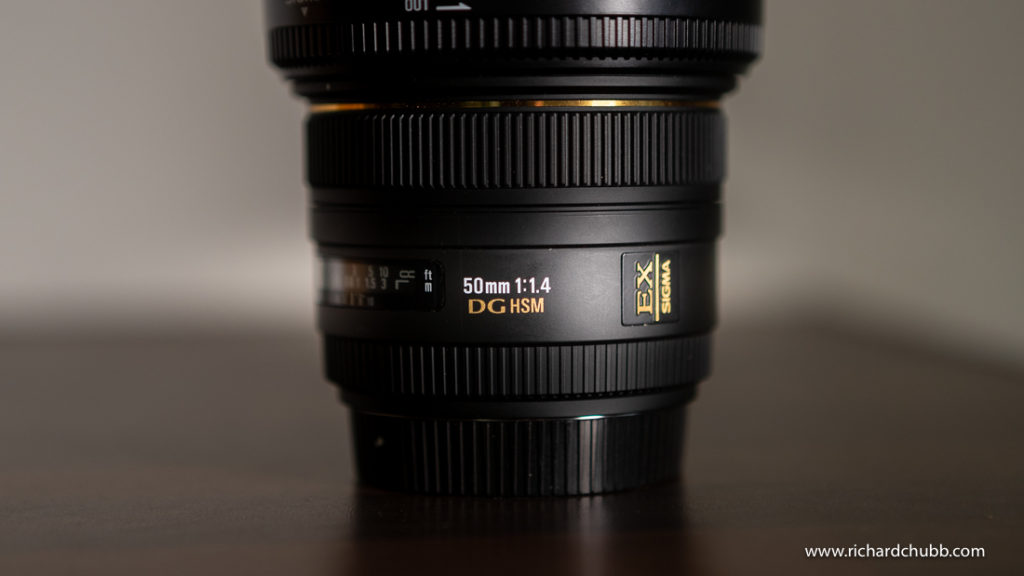
Typically, zoom lenses don’t go much lower than 2.8 or f4. They can hold that f number, or aperture throughout the focal range.
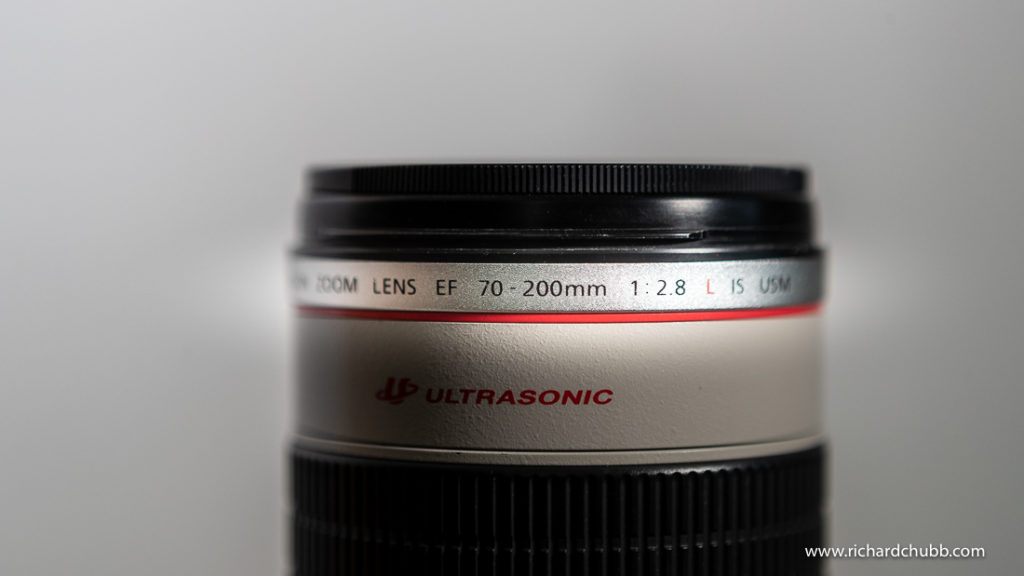
The cheaper zoom lenses tend to go from something like 3.5 to 6.3. As you zoom from 18 – 270, the aperture closes from 3.5 to 6.3
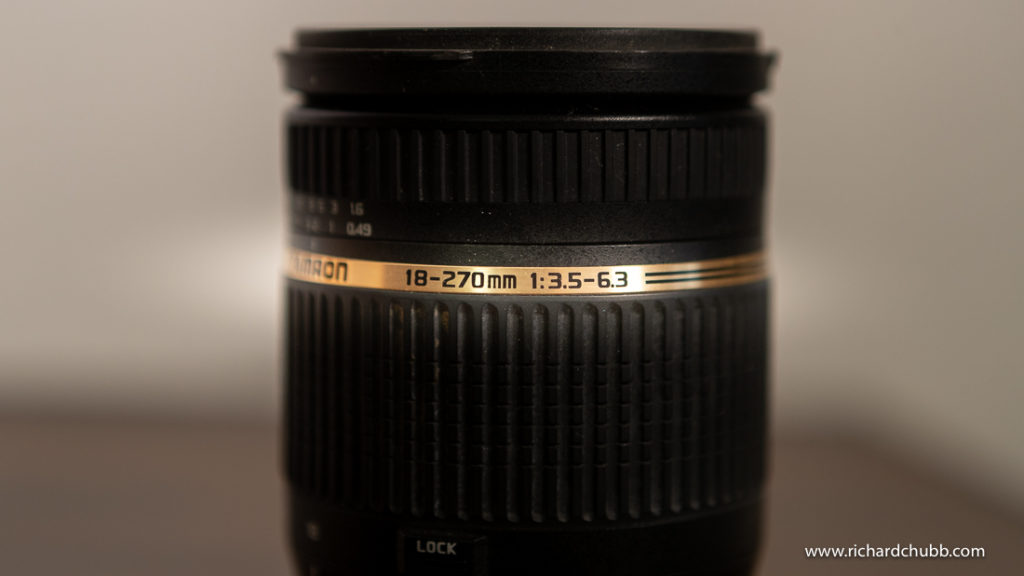
The lens aperture affects a couple of things, and depending on what photography you are doing, may affect your choice of Aperture.
The main one controls the depth of field, which I will get to in a second, the other thing it does is controls the amount of light it lets in.
It’s a bit backwards. It the higher the number, the smaller the Aperture or the hole is. So f22 has a very small hole, and therefore letting in minimal light.
But, as you lower the number, and open up the aperture, the hole gets bigger, and let’s in more light.
In a lot of cases, the lower the number, the more expensive the lens.
What is Aperture in Photography?
Let’s look at a couple of very diagrams and explain how depth of field works.
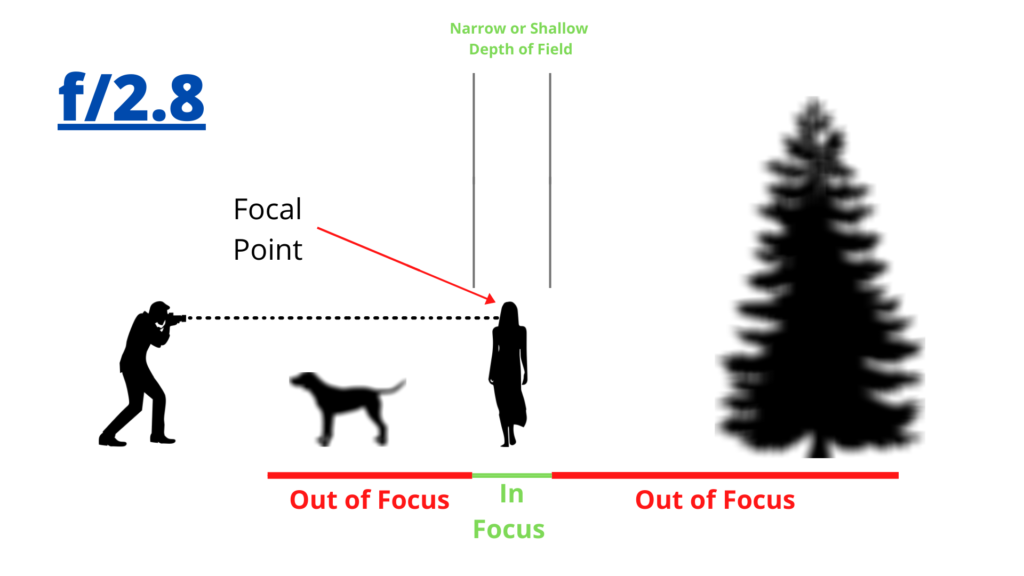
Here you can see the subject in the middle of the page, and the aperture is set to f2.8. This will give you a very shallow depth of field. This means only the subject and a small area in front and behind them is in focus.
Generally we don’t worry too much about what is in front of the subject. The aim is to affect the background.
Lots of photographers shoot at lower f number to really pull that subject into focus and blur the background. It gives you great bokeh and can really make for an attracted background. Here is a quick snap of Max I took in our kitchen recently.

Look at those lovely tree lights, perfectly round, and really making for a nice background.
At the other end of the scale, you have the Higher f number, things like f16.
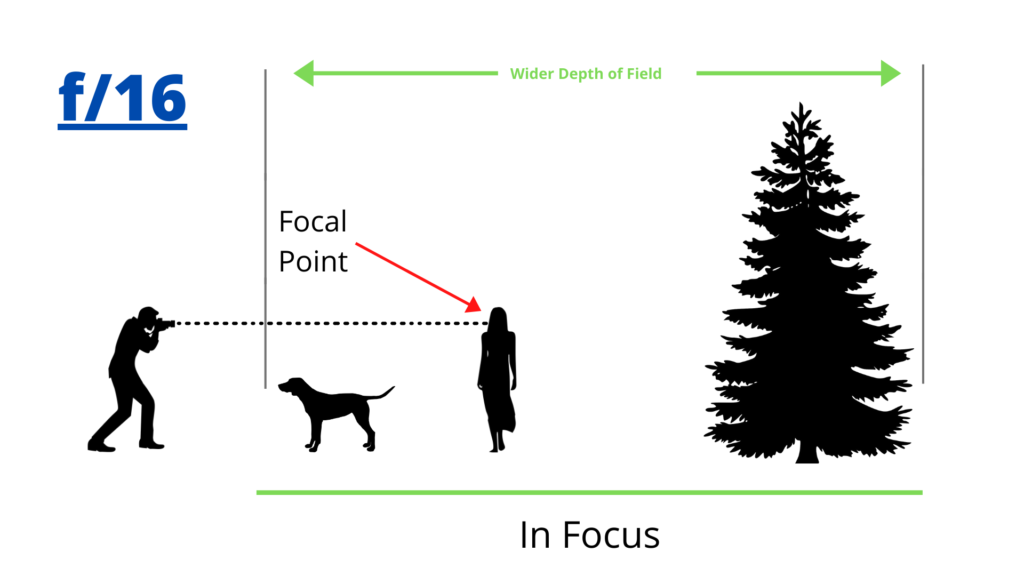
Although the number is higher, the aperture actually gets smaller. This lets in less light, and also gives you a wider depth of field.
In this example, closing the aperture, ie making the hole smaller and letting in less light, could get the subject, the back and foreground in focus
This is typically used for landscapes, or for photos where you have more of a scene, and perhaps making an individual subject pop isn’t as important.
That doesn’t mean though, that if you are taking a landscape photo, you should just crank it out to f22, and be done.
Most lenses have Sweet Spot, where you can find at which aperture range you lens is the sharpest. Check out this video for more info on that.
Let’s start at f2.8, This will give me a bigger aperture, letting in more lights, but a shallow DOF.
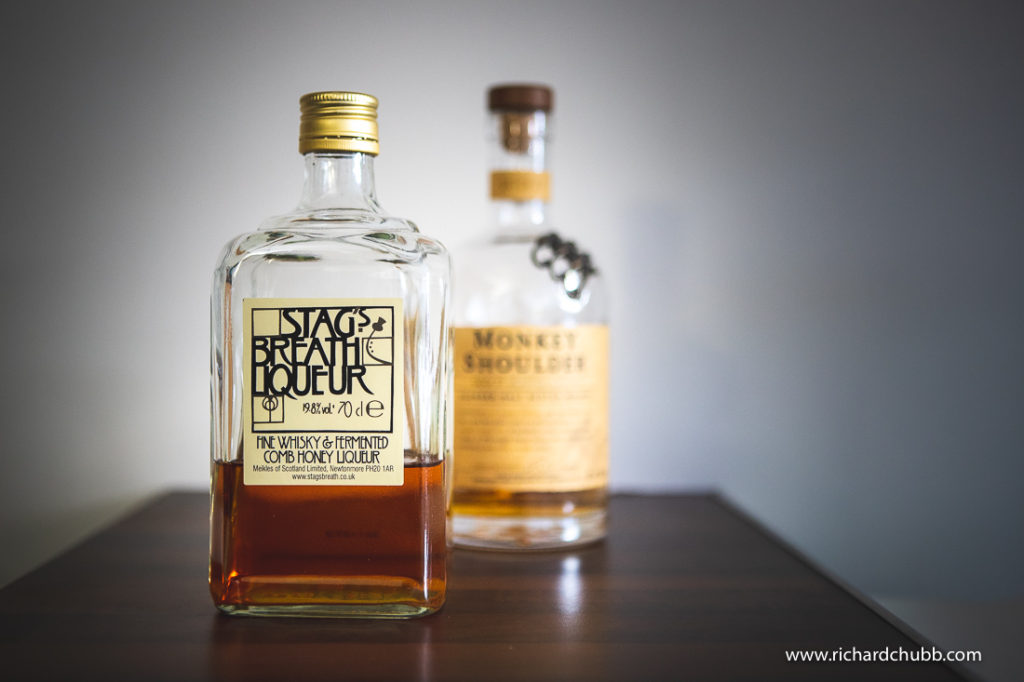
Notice the front bottle is nice and sharp. The rear bottle is out of focus, and this was shot with 500 ISO.
I am now going to change the Aperture to F22, keeping the focusing point on the front bottle. The back bottle comes into focus, but also, the ISO increases to compensate for the lack of light as that aperture gets smaller and smaller.
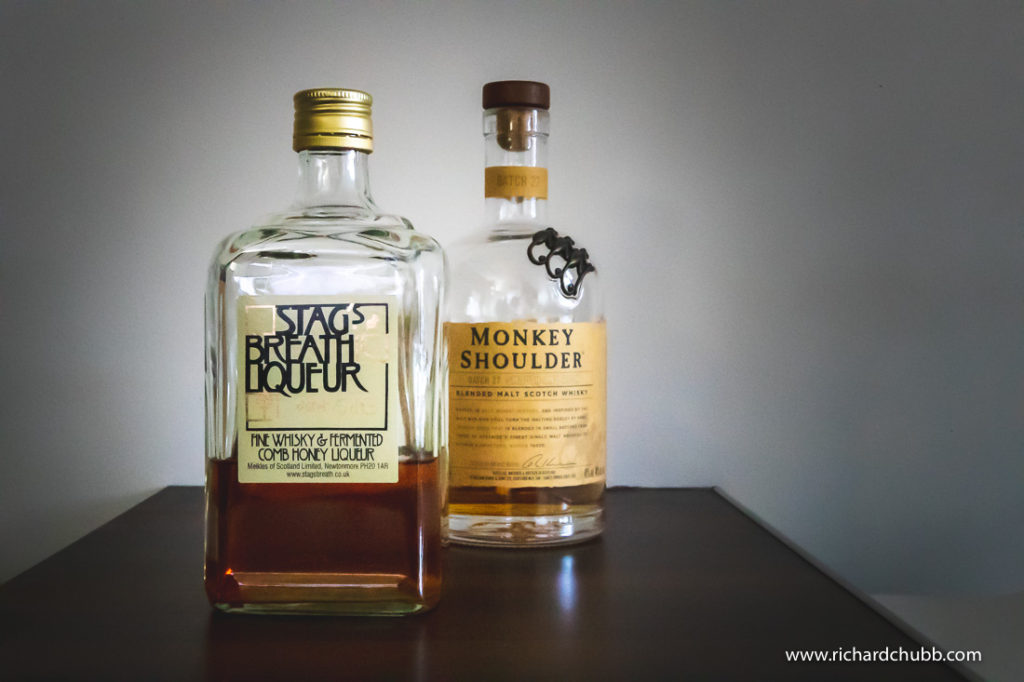
I will do another video on ISO, but for now, consider it fake light to compensate for the light we are losing as we close that aperture up.
Now, we are at f22, you can see the back bottle is now a lot clearer. So we have both bottles in focus. However, to make up for all that lost light, we are now having to use ISO at 25,600.
This is why camera the settings are a bit of juggling act, and for something like this, you are better to adjust your shutter speed, or perhaps do a focus stack. Here is a video on that wonderful subject.
Finally, there is one other thing to consider when working out and dealing with aperture. That is how close you are to the subject when you take the photo.
As the photographer gets closer or zooms into the subject, the Depth of Field shifts and the background will become more out of focus. As you move back or zoom out again, the background gets more in focus. You can see this better explained in the video.
Most of this is explained a lot better in the video above.
And, I am going to leave it there, thank you for reading. Leave me a comment down below if you want to add anything.


